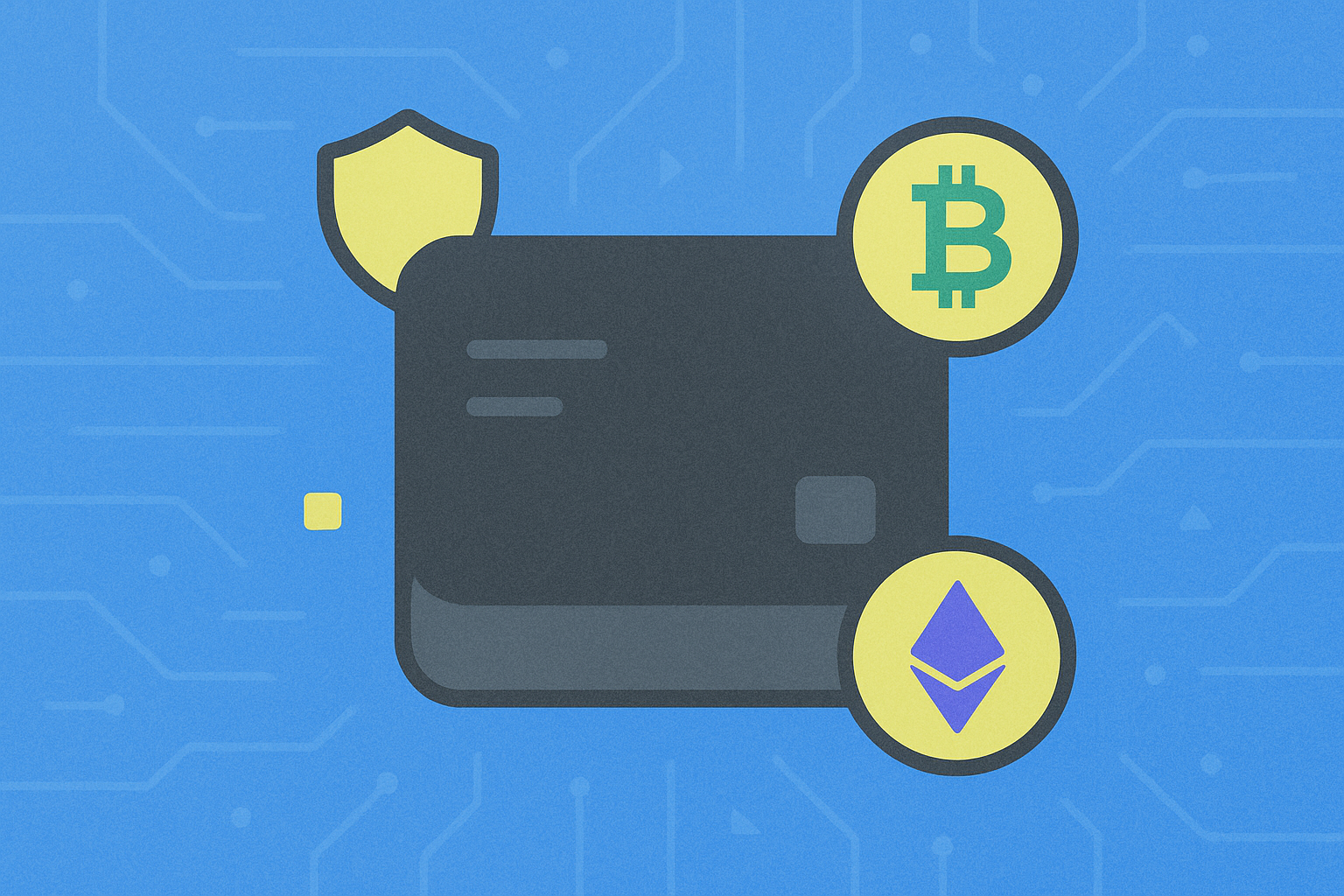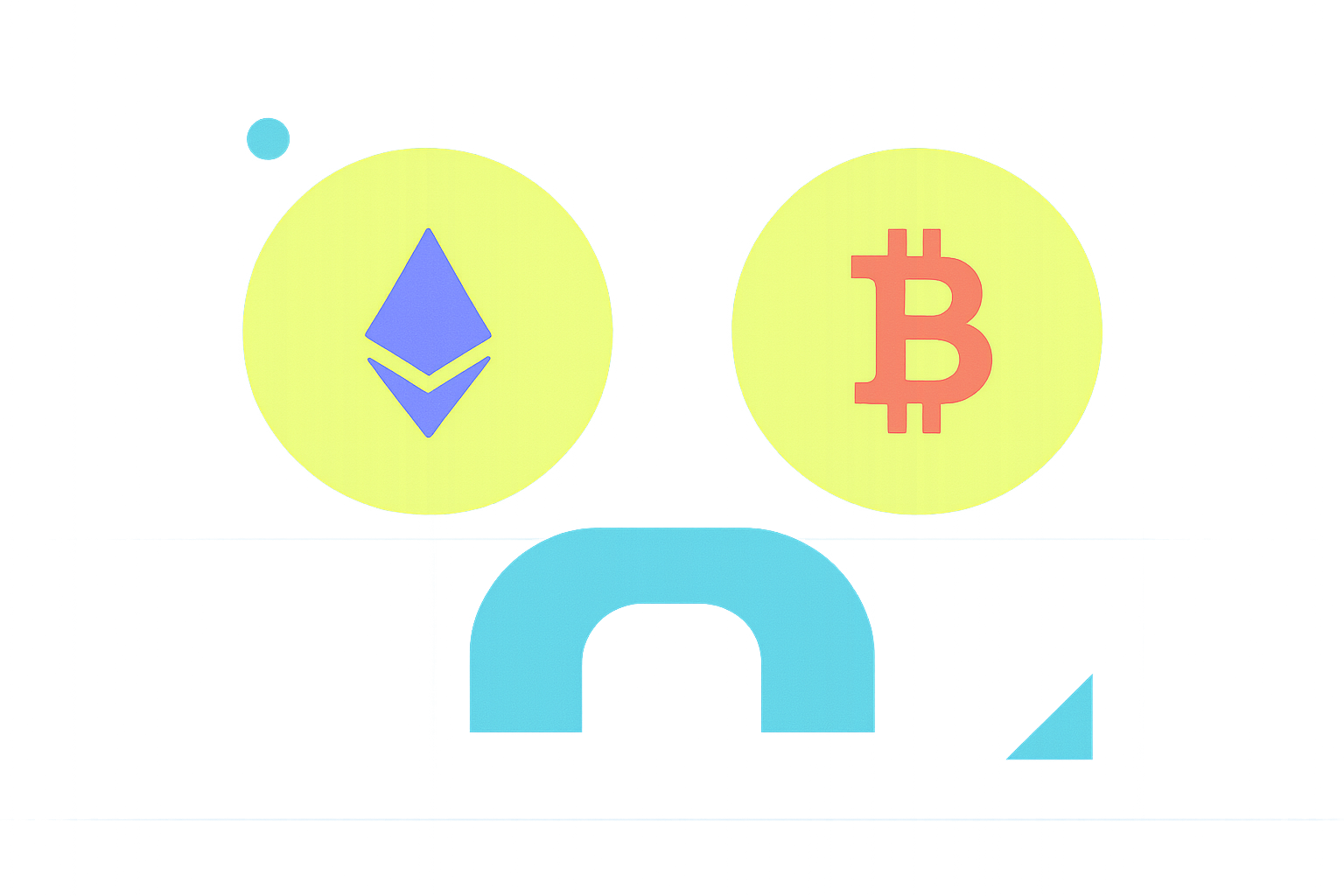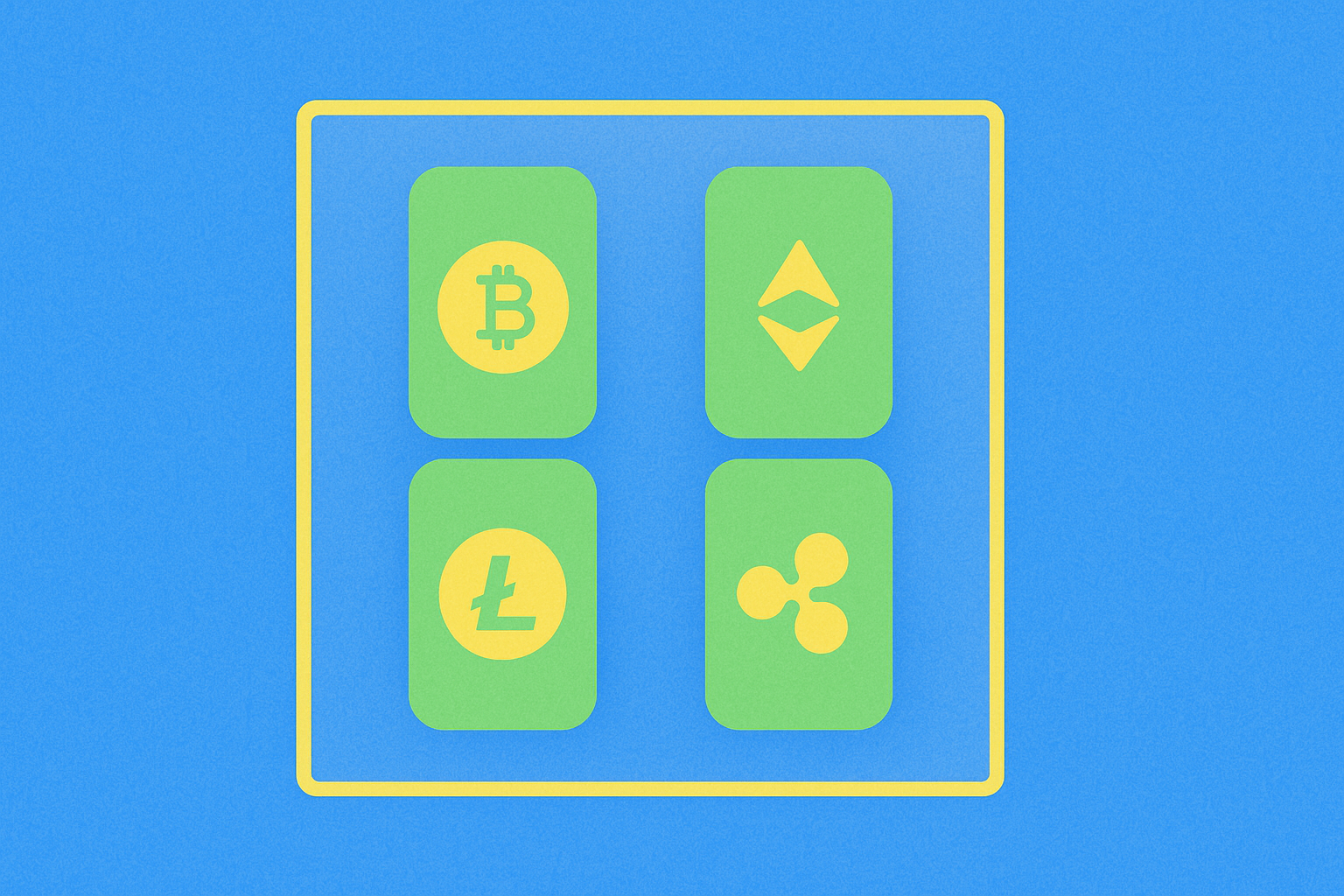Bir token ekonomik modeli, blokzincir projelerinde değer dağılımını nasıl en iyi şekilde sağlar?

Token dağılımı: ekip/yatırımcı/topluluk oranı analizi
2025 B Token dağılımı analizine göre, tahsis yapısı uzun vadeli proje sürdürülebilirliği için stratejik olarak planlanmıştır. Dağılım oranı ekip için %40, yatırımcılar için %30 ve topluluk için %30 olarak belirlenmiştir. Bu dengeli yapı, geliştirme için yeterli kaynak sağlarken topluluğun projeye güçlü şekilde katılımını garanti eder.
| Paydaş | Yüzde | Amaç |
|---|---|---|
| Ekip | %40 | Geliştirme, operasyon ve büyüme |
| Yatırımcılar | %30 | Başlangıç sermayesi ve stratejik ortaklıklar |
| Topluluk | %30 | Ekosisteme katılım ve yönetişim |
Bu tahsislerin hakediş takvimi, üç yıl boyunca kademeli serbest bırakma mekanizmasıyla yapılandırılmıştır. Bu yöntem, piyasada aşırı arz oluşumunu engeller ve projenin uzun vadeli değer yaratımına bağlılığını ortaya koyar. Başlangıçtaki dağılım dışında ek token tahsisi olmaması, token sahiplerine şeffaflık ve öngörülebilirlik sağlar.
Piyasadaki diğer projelerle karşılaştırıldığında, B Token’ın dağılımında ekip payının biraz daha yüksek olması, projenin sürdürülebilir gelişim kaynaklarına verdiği önemi gösterir. Yatırımcılar ile topluluk arasında eşit dağılım (%30) ise finansal destek ile kullanıcı benimsenmesi arasında dengeli bir güç ilişkisi kurarak, BuildOn ekosisteminin BSC üzerinde USD1’i zincir varlığı olarak geliştirme sürecinde temel unsurları teminat altına alır.
Enflasyon/deflasyon mekanizmaları ve token değerine etkisi
Token arz mekanizmaları, kontrollü kıtlık veya artırılmış fayda yoluyla kripto para değerini kökten şekillendirir. Deflasyonist mekanizmalar, yakım, geri alım veya ücret yakımı gibi yollarla dolaşımdaki arzı azaltır ve talep sabitken fiyat üzerinde yukarı yönlü baskı oluşturur.
Son piyasa verileri bu ilişkiyi açıkça göstermektedir:
| Mekanizma | Token Örneği | Piyasa Performansı | Anahtar Faktör |
|---|---|---|---|
| Deflasyonist | BUILDon (B) | %14.789 yıllık artış | Stratejik token yakımları |
| Enflasyonist | Çeşitli getiri tokenları | Ekim 2025 çöküşünde ortalama -%25 | Fazla arz üretimi |
| Hibrit | Birçok DeFi protokolü | Daha istikrarlı (-%5,58 piyasa çöküşünde) | Dengeli yaklaşım |
Ekim 2025’teki altcoin piyasası çöküşü bu dinamikleri ön plana çıkardı; BUILDon (B), $0,7414 seviyesinden $0,0663’e gerileyip, deflasyonist yapısı sayesinde haftalar içinde %231 oranında toparlandı. Bu direnç, satış baskısını dengeleyen arz kısıtlama mekanizmalarından kaynaklanıyor.
Uzun vadeli yatırımcılar için, deflasyonist tokenlar genellikle ayı piyasalarında daha iyi değer korurken, enflasyonist tokenlar fayda artışı olmadan değer kaybı yaşayabilir. Bu ilke, 2024 sonrası dönemde token ekonomik tasarımının kurumsal yatırım kararlarını doğrudan etkilediği piyasada daha da önem kazanmıştır.
Arz yönetimi için token yakım stratejileri
Token yakımı, kripto projelerinin arzı düzenleyip token değerini artırmak için kullandığı önemli bir mekanizmadır. Bu süreç, tokenların geri alınamaz ("yakma" veya "null") adreslere gönderilerek dolaşımdan kalıcı olarak çıkarılmasını içerir. Tokenlar yakıldığında arz azalır ve yapay bir kıtlık oluşur.
Projeler, farklı hedeflere ulaşmak için çeşitli yakım stratejileri uygular. BUILDon (B), şu anda $0,2199 fiyatla ve $219.900.000 piyasa değeriyle işlem görerek, yakım mekanizmalarının değer koruma için nasıl kullanılabileceğini gösterir.
| Yakım Stratejisi | Amaç | Etkisi |
|---|---|---|
| Dönemsel Yakımlar | Belli tarihlerde planlı imha | Öngörülebilir arz azalması |
| İşlem Ücreti Yakımları | Ücretlerin bir kısmının otomatik yakımı | Sürekli deflasyon modeli |
| Geri Al ve Yak | Kazançla token alıp yakma | Piyasa fiyat desteği |
| Yakım Kanıtı | Yakım gerektiren konsensüs mekanizması | İmha yoluyla doğrulama |
Yakım stratejilerinin başarısı, piyasa koşulları, proje temeli ve yatırımcı algısına bağlıdır. Tek başına yakım, uzun vadeli değer artışını sağlamaz; sağlam fayda gereklidir. Piyasa verileri, yakım sonrası fiyat hareketlerinin çoğunlukla genel piyasa trendleriyle bağlantılı olduğunu gösteriyor.
Projeler, likiditeyi koruyarak arz yönetimini dengelemek için yakım mekanizmalarını dikkatle tasarlamalıdır.
Yönetişim hakları ve proje gelişimindeki rolü
Yönetişim hakları, proje geliştirme sürecinde stratejik karar alma mekanizmasını belirleyerek proje hedefleriyle organizasyonel amaçların uyumunu sağlar. Bu haklar, paydaşların rollerini ve sorumluluklarını netleştirir, uygulamada hesap verebilirlik oluşturur. Araştırmalara göre, iyi tanımlanmış yönetişim yapısına sahip projelerde başarı oranı %70 daha yüksektir.
Yönetişim haklarının etkisi, temel proje metriklerine yansır:
| Yönetişim Unsuru | Proje Gelişimine Etkisi | Başarı Göstergesi |
|---|---|---|
| Karar Yetkisi | Onay süreçlerinin hızlanması | %35 daha hızlı uygulama |
| Kaynak Tahsisi | Bütçe kullanımında verimlilik | %27 maliyet azaltımı |
| Risk Yönetimi | Düzenli denetim mekanizmaları | %48 daha az kritik sorun |
BuildOn (B) için yönetişim hakları, USD1’i likit ve kullanılabilir bir zincir varlığı haline getirirken proje odağının korunmasında belirleyici olmuştur. Etkili yönetişim, BuildOn’un işlem çiftlerinin açılması ve USD1’in gerçek kullanım senaryolarının oluşturulması gibi kritik faaliyetleri koordine etmesini sağlamıştır.
Başarılı yönetişim, ekip ile paydaşlar arasında şeffaf iletişim kanalları kurarak güven tesis eder ve gerektiğinde proje yönünü hızlıca değiştirme imkanı sunar. Bu dinamik denetim, son aylarda %25'in üzerinde fiyat dalgalanmasına rağmen BuildOn’un gelişim hızını korumasını sağlamıştır.
SSS
1 BCOIN kaç dolar?
31 Ekim 2025 itibarıyla 1 BCOIN’in değeri yaklaşık $0,75’tir. Fiyat, piyasa koşullarına bağlı olarak değişir.
BCOIN’in piyasa değeri nedir?
2025-10-31 tarihinde BCOIN $109.852,90 değerindedir. Bu rakam, kripto para piyasasındaki hızlı dalgalanmalara bağlı olarak güncel fiyatı göstermektedir.
BCOIN ne için kullanılır?
BCOIN, B coin ekosisteminde işlem, staking, yönetişim ve premium özelliklere erişim için kullanılır. Ayrıca kripto piyasasında bir değer saklama ve yatırım aracıdır.
BCOIN’in kullanım alanları nedir?
BCOIN, hızlı ve güvenli dijital işlemler, merkeziyetsiz finans uygulamaları ve kripto ekosisteminde değer saklama için kullanılır.

TRWA nedir: Modern iş süreçlerini dönüştüren devrim niteliğindeki işgücü algoritması

LUNC nedir: Terra Luna Classic Kripto Parası ve Ekosisteminin Detaylarına Genel Bakış

Token ekonomik modellerinde token dağıtım mekanizması nasıl işler?

MAHA nedir: Çok Değişkenli Uyarlanabilir Histogram Analiz Tekniği'nin Detaylı İncelemesi

YFDAI Nedir: Merkeziyetsiz Finans Platformuna Kapsamlı Bir Rehber

ONS nedir: Modern flört kültüründe tek gecelik ilişki olgusunu anlamak

Kripto ödeme kartlarının avantajları ve özelliklerini keşfetmek

Kripto para ön satışlarından yatırım fırsatları: Bilmeniz gerekenler

CAT Gold Miner'ı Keşfedin: Sunulma Tarihleri, Fiyat Analizi ve Satın Alma Kılavuzu

SWEAT nedir: Modern iş dünyası ve kişisel gelişimde bu kısaltmanın kullanım alanlarına dair kapsamlı bir rehber

VIC Nedir: Araç Tanımlama Kodu ve Otomotiv Yönetimindeki Önemi Üzerine Kapsamlı Bir Rehber







